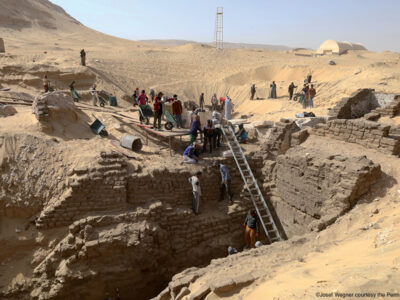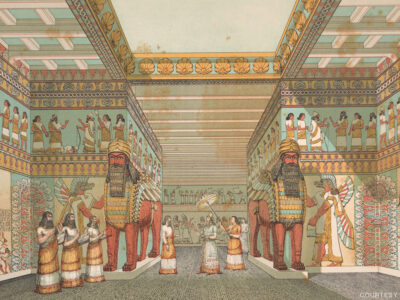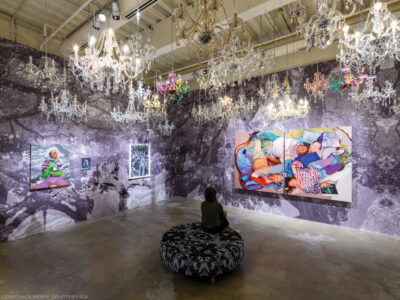As the Penn Museum of Archaeology and Anthropology celebrates 125 years and the Institute of Contemporary Art gears up for its 50th anniversary, both institutions have brought in new directors.
Julian Siggers, formerly vice president of programs, education, and content communication at the Royal Ontario Museum, began his tenure at the Penn Museum on July 16. Amy Sadao, executive director of the contemporary art organization Visual AIDS, assumed her new post at the ICA on September 1.
An archaeologist specializing in Near Eastern prehistory, Siggers earned his PhD from the University of Toronto in 1997 and has taught courses there that include “The Origins of Food Production”and “Archaeological Interpretation.” In addition to several roles at the Royal Ontario Museum, he served as head of narrative and broadcast development at the National Museum of Science and Industry in London from 2004 to 2007.
Throughout his years in museum work, Siggers has championed public engagement with museums and archaeology.
“Museums are really in a state of great change right now,” he says, “and there’s enormous pressure on them to be relevant to the general public.” As the ROM’s senior producer of media productions from 1998 to 2004, he brought the museum’s holdings into the public eye by hosting a weekly five-minute segment for The Discovery Channel that spotlighted various objects and departments. More recently, as the institution’s vice president of content communication, he directed a Dead Sea Scrolls project that drew the museum’s highest attendance levels in two decades.
Siggers will draw on those successes as he starts his first task as director: creating the Museum’s new five-year plan, which will begin in 2013.
“What we can do in the galleries, and something I look forward to exploring more, is show the public not only how important the past is to understanding the present, but also the many contributions that Penn scholars are making to make archaeology more relevant,” he says.
As the ICA’s new director, Sadao also plans to put a high priority on public engagement and access.
“I’m interested in the ways in which museums are reaching out and enriching people’s experiences before they step in the door and after they leave,” she says. “I also believe that museums are civic institutions and that they serve a community, so creating access is always a goal.”
Born and raised in southern California, Sadao moved to New York city in the early 1990s and attended the Cooper Union’s School of Art. After earning a bachelor of fine arts degree there she traveled back West to complete a master’s degree in comparative ethnic studies at UC Berkeley in 2000.
Sadao became the executive director of Visual AIDS in New York city in 2002, and has since helped the organization increase public awareness of AIDS through visual arts by staging hundreds of on-site, traveling, and online exhibitions. She’s also increased its attendance numbers, revenue, budget, and donor base, assembling a board of directors and a team of more than 100 interns and volunteers.
With the ICA’s 50th year quickly approaching, Sadao says she looks forward to planning the institute’s 2014 anniversary show.
“There will be this evolving exhibition where a historic show will inspire a current show, or a response to that original show,” she says. “We’ll be able to access our own archives and make them contemporary. I’m really excited about that.”
Asked about the challenges of leading a non-collecting art museum, Sadao says there is a freedom to be “much more responsive” to what’s happening in the world.
Both Siggers and Sadao acknowledge the attendance challenges that many museums face, and more specifically, the low student attendance numbers some Penn institutions have cited. They are each focused on bringing more students into their respective museums. “The opportunities ICA creates for students really have to be taken advantage of,” Sadao says. “Sometimes it’s hard to see what’s in your own backyard, but I don’t want students to come back on their alumni weekends regretting that they didn’t spend more time in the ICA.”
Siggers says that attempting to boost student attendance creates opportunities to collaborate with schools and departments across the University. “We want [students] not just to visit the Museum once, but to genuinely see it as a venue that belongs to them,” he adds.
—Molly Petrilla C’06




